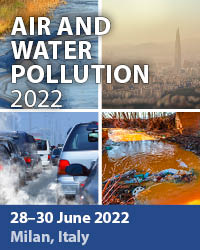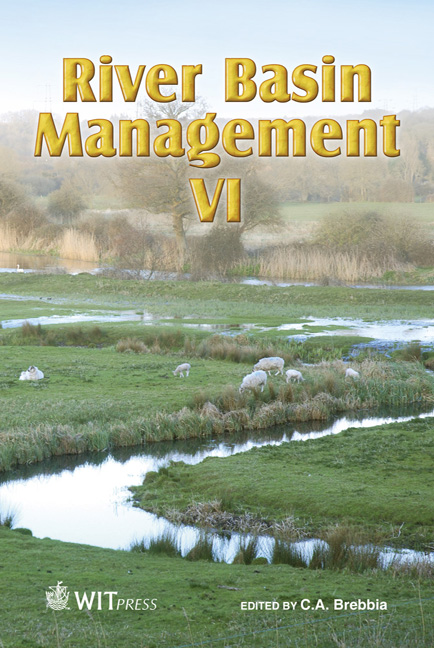Analysis Of Long Term Hydrological Records To Assess The Changing Regime And Pathways In Oil Shale Mining Districts Of North East Estonia
Price
Free (open access)
Transaction
Volume
146
Pages
12
Page Range
25 - 36
Published
2011
Size
763 kb
Paper DOI
10.2495/RM110031
Copyright
WIT Press
Author(s)
R. Vaht, W. M. Mayes, M. Sepp, A. Järvet & Ü. Mander
Abstract
This paper documents long term (1923-2005) changes in surface drainage areas and run-off characteristics in two small to medium (100-1000 km2) rivers draining part of the Ordovician oil shale field of north east Estonia. The changing regime in the heavily mined catchments is contrasted with a morphologically similar reference catchment (River Keila) where there has been no mining activity. Coupling of flow regime with mining records (discharge rates and workings locations) is undertaken to assess the impact of expansion in oil shale mining through the mid to late 20th century on downstream flow regime and pathways. The study shows that during phases of intense mining, summer baseflow is between 53-72% higher than long term average baseflow in the Purtse catchment and between 66-92% higher in the smaller Pühajõgi catchment where the volumetric significance of mine discharges is greater. The Keila catchment does not show any significant change in summer baseflow during the study period suggesting that the changes in the Pühajõgi and Purtse are not controlled by climatic drivers. Assessment of mine flow records highlights the significant augmentation of baseflow in the mined catchments. Keywords: hydrological regime, baseflow, minimum run-off, mine water.
Keywords
hydrological regime, baseflow, minimum run-off, mine water





